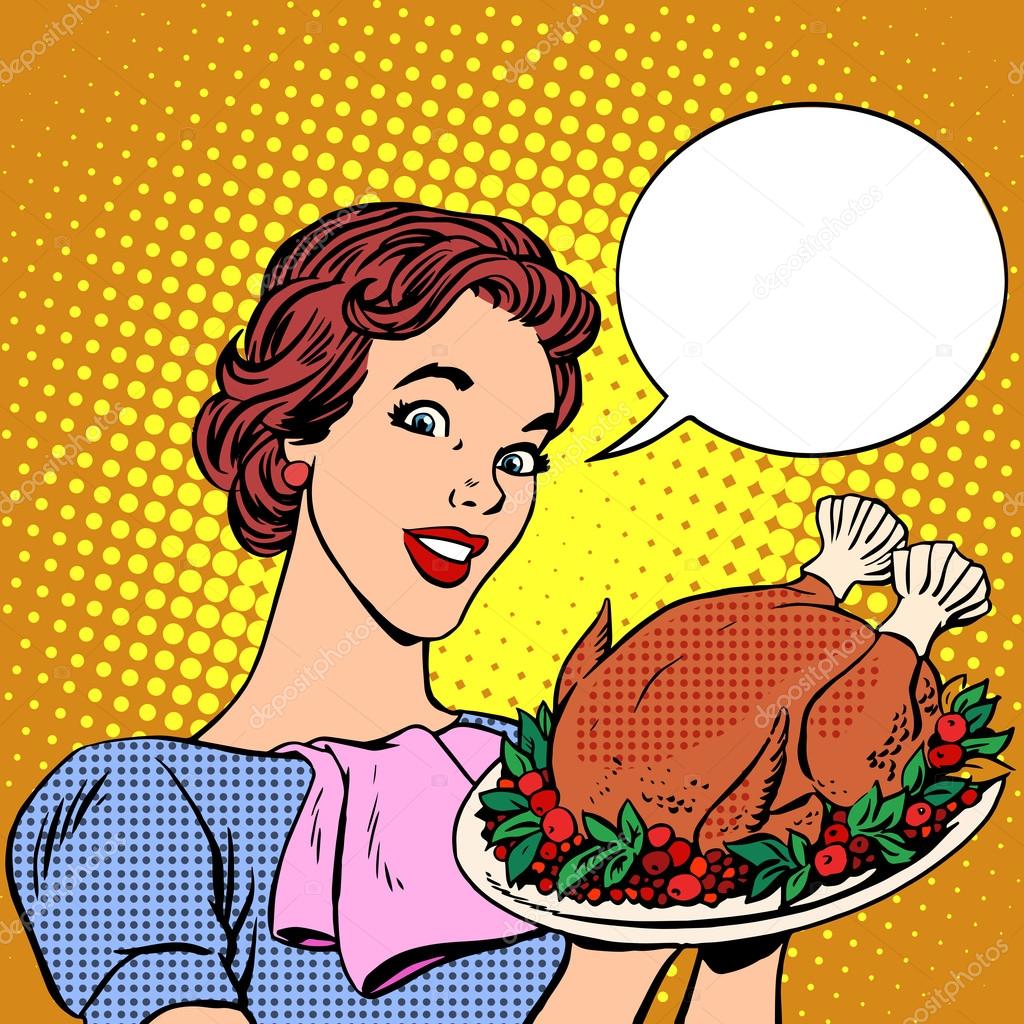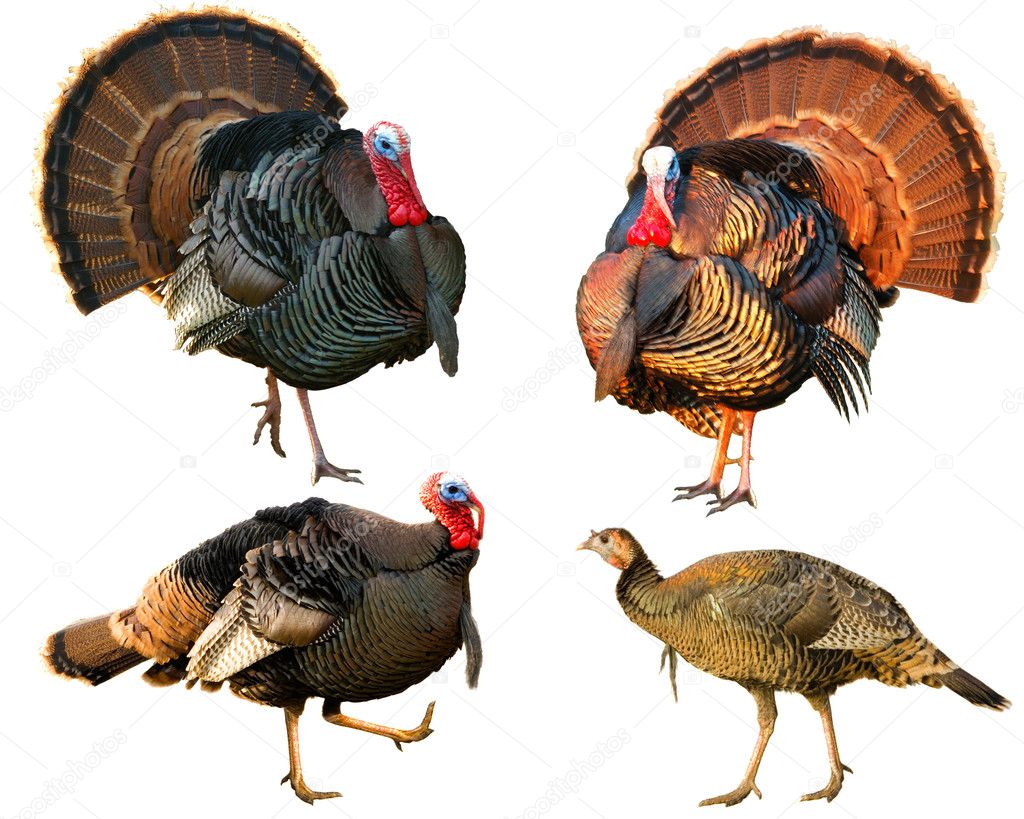Los aportes de México para la Navidad/ 5 minutos de español / Mexico's contributions for Christmas/ 5 minutes of Spanish - English & Spanish version + Podcast
Hello, how are you?
Good morning, good afternoon or good evening depending
on where you are or what time you are listening to us.
Árbol de Navidad con nochebuenas
Thank you very much for being here participating in
this podcast about Spanish, a language that we love and that today summons us.
I am Eduardo Satorno, Spanish teacher at SpanishUp2U and manager of Kemaj
Travel, your travel agency.
I am Malena Algorta, Spanish teacher at Spanish in
Cabo and writer at SpanishUp2U. If you want to know more about your Spanish
practice site click
here and you will see all the podcasts, videos and lessons we have
for you to master Spanish. We are in 5 minutes of Spanish and this is episode
number 83.
What is the topic of the day?
In these 5 minutes of Spanish in the middle of the
week, as we are very, very original, we are going to talk about the vocabulary
of Christmas.
We are in December on the eve of Christmas and yes, we
are original, we are with all this Christmas atmosphere. Where does this word
come from?
It derives from the Latin Nativitas or birth, it is
one of the main festivities of Christian origin and refers to the birth of
Jesus of Nazareth, as we all know.
It is a feast that began to be celebrated in Europe in
the Middle Ages. Do you know when it was first celebrated in America?
Yes, in 1492 on the island called "La
Hispaniola", currently Haiti and the Dominican Republic, even on that
December 25, the construction of a fort was completed and with great
originality, Cristobal Colón called it Christmas.
Cristobal Colón is Christopher Columbus, do you
know him?
But it has nothing to do with Christmas, so, let's go
back to our topic, vocabulary:
Nochebuena - Christmas eve
Adornos navideños – Christmas decoration
Bolas – Bols
Guirnaldas -
garlands
Estrella - star 💥
Villancicos - carols
No vamos a cantar, no te preocupes…
Nacimiento o Pesebre-nativity
Árbol de navidad - Christmas tree
And how is Christmas celebrated in Latin America?
There are not many differences with the celebrations
in Europe, the United States and Canada, even more so in these days when
advertising is busy spreading products and creating some needs. It is a family
occasion, unlike the 31st in which there are more parties or well, in the years
before the pandemic there were parties?
In many regions of South America, it is hot, so
Christmas is celebrated in summer.
Exactly, it is summer but, the food is the same, quite
caloric, nuts, Christmas pudding, chocolates, meats.... and the tree has snow,
too... Santa arrives in a sleigh and very warm, the poor guy...
Is there any Latin American contribution to Christmas?
Of course, there is! And how could it be otherwise, it
is: food. The turkey comes from Mesoamerica, it is the Mexican turkey. It was
not wild, the pre-Hispanic settlers raised it for consumption. They took it to
Europe and it replaced lamb in the Christmas dinner because of its exotic
flavor.
Is there any other original aspect of Christmas in
Latin America?
Yes, there are two, let's see the first one: Some
authors say that the first Christmas tree in America was in Mexico because the
Austrian emperors Carlota and Maximilian of Habsburg assembled it in
Chapultepec Castle in 1864 but, after the emperor's execution, that custom was
forgotten.
And the second issue?
All homes and offices in Mexico are decorated with a
very beautiful and colorful plant called Nochebuena, also of Mesoamerican
origin and another symbol of Christmas.
In the United States this plant is known as
Poinsettia. Who brings the presents in Latin American Christmas?
Santa Claus, Santa Claus or in some regions the Baby
Jesus, let's talk quietly Eduardo, see if there are children listening to this
Christmas Podcast....
And speaking of gifts....
Want to give a really nice gift or get something for
yourself? An annual membership to Spanishup2U for you to master the Spanish
language, you will learn and have fun at the same time, click here. Did you
think that because it was Christmas you didn't have the time to advertise?
Thank you very much for making it this far in the
Podcast. And thanks for listening, participating, commenting.
Spanish in Cabo and SpanishUp2U would not be the same without you.. Our role
is to be with you as we walk together in this process towards success in your
new language. We want you to speak and think in Spanish, that's our
mission, so thank you for being here.
And, if you liked this podcast, please share it.
See you in the workshops on Zoom, in the classes, 24/7
on SpanishUp2U, in the Friday workshop on Zoom, (even next 24th we'll be
there at 2:00MT) or listen to us next Wednesday.
Merry Christmas!
See you soon and Merry Christmas
Bye-bye
Ahora en español
Hola,
¿qué tal?
Buenos
días, buenas tardes o buenas noches según el lugar en donde estés o a la hora
en la que nos escuches.
Muchas gracias por estar aquí participando en
este podcast sobre el español, lengua que nos encanta y que hoy nos convoca.
Soy Eduardo Satorno profesor de español para extranjeros en SpanishUp2U y
gerente (manager) de Kemaj Travel tu agencia de viajes.
Soy
Malena Algorta profesora de español para extranjeros en Spanish in Cabo y
escritora en SpanishUp2U. Si quieres saber más sobre tu sitio de práctica de
español cliquea aquí
y verás todos los podcasts, videos y lecciones que tenemos para que domines el
español. Estamos en 5 minutos de español y este es el episodio número 83.
¿Cuál
es el tema del día?
En estos 5 minutos de español a la mitad de la
semana, como somos muy, pero muy originales, vamos a hablar del vocabulario de la
Navidad
Estamos en diciembre, en vísperas de Navidad y sí, somos originales, estamos con todo esto del ambiente navideño ¿De dónde viene esta palabra?
Deriva del latín Nativitas o nacimiento, es una de
las principales fiestas de origen cristiano y refiere al nacimiento de Jesús de
Nazareth, como todos sabemos.
Es una
fiesta que comienza a celebrarse en Europa, en la Edad Media, ¿se sabe cuándo
se celebró por primera vez en América?
Sí, en 1492 en la Isla llamada “La Hispaniola” actualmente Haití y República Dominicana, incluso,,
ese 25 de diciembre se terminó de construir un fuerte al que con una gran
originalidad, Cristobal Colón llamó:
Navidad.
Cristóbal Colón es Christopher Columbus, ¿lo
conocen?
Pero no tiene nada que ver con la Navidad, así que,
regresemos a nuestro tema, vocabulario:
Nochebuena - Christmas eve
Adornos navideños – Christmas decoration
Bolas – Bols
Guirnaldas - garlands
Estrella - star
Villancicos - carols
No vamos a cantar, no
te preocupes…
Nacimiento o Pesebre-nativity
Árbol de navidad - Christmas tree
¿Y
cómo se celebra la Navidad en América Latina?
No hay muchas diferencias con las celebraciones de
Europa, Estados Unidos y Canadá, más aún, en estos días en que la publicidad se
ocupa de difundir productos y crear algunas necesidades. Es una ocasión familiar,
a diferencia del 31 en el que hay más fiestas o bueno, en años previos a la
pandemia se hacían fiestas...
En
muchas regiones de América del Sur hace calor, o sea se celebra la Navidad en
verano.
Exactamente, es verano pero, la comida es la misma,
bastante calórica, nueces, budín de navidad, chocolates, carnes….y el arbolito
tiene nieve, también… Santa llega en trineo y muy abrigado, el pobre…
¿Hay
algún aporte de América Latina a la Navidad?
¡Claro que sí! Y como no podía ser de otra manera es
en: la comida. El pavo viene de Mesoamérica, es el guajolote mexicano. No era
salvaje, ya los pobladores prehispánicos lo criaban para consumo. Lo llevaron a
Europa y sustituyó al cordero en la cena de navidad por su sabor exótico.
¿Hay
algún otro aspecto original de la Navidad en América Latina?
Sí, hay dos, veamos el primero: Algunos autores
dicen que el primer arbolito de navidad en América estuvo en México pues los
emperadores austríacos Carlota y Maximiliano de Habsburgo lo armaron en el
Castillo de Chapultepec en 1864 pero, luego del fusilamiento del emperador, se
olvidó esa costumbre.
¿Y el
segundo tema?
Todas las casas y oficinas en México están decoradas
con una planta muy bonita y colorida que se llama Nochebuena, también de origen
mesoamericano y es otro símbolo de la Navidad.
A esta
planta en Estados Unidos se la conoce como Poinsettia ¿Quién
trae los regalos en la Navidad Latinoamericana?
Santa Claus, Papá
Noel o en algunas regiones el Niño Jesús, hablemos bajito Eduardo, mira si hay
niños escuchando este Podcast de Navidad…
Y hablando de regalos….
¿Quieres hacer un muy buen regalo o regalarte algo para ti?
Una membresía anual de Spanishup2U para que domines el español, vas a aprender
y divertirte al mismo tiempo, cliquea aquí ¿Te pensaste que por ser Navidad no tenías el
momento publicitario?
Muchas gracias por llegar hasta aquí en el
Podcast.
Y gracias por escucharnos, participar, comentar. Spanish in Cabo y SpanishUp2U
no serían lo mismo sin ti. Nuestra
función es estar contigo caminando juntos en este proceso hacia el éxito en tu
nueva lengua. Queremos que hables y pienses en español, esa es nuestra
misión, así que gracias por estar aquí.
Y, ¿si te gustó este podcast?, compártelo.
Nos vemos
en los talleres por Zoom, en las clases,
24/7 en SpanishUp2U, en el taller de los viernes por Zoom, (incluso el
próximo 24 allí estaremos a las 2:00MT)
o nos escuchamos el próximo miércoles.
¡Feliz
Navidad!
Hasta pronto y Feliz Navidad
Chau,
chau








Comentarios
Publicar un comentario